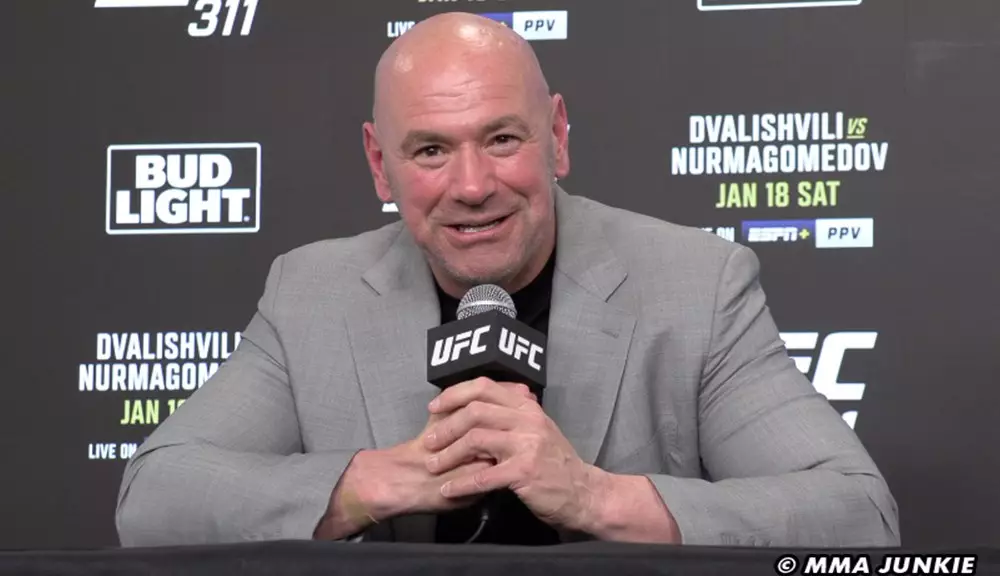In recent months, the landscape of mixed martial arts (MMA) has seen burgeoning interest in alternative promotions, with the emergence of the Global Fight League (GFL) catching the attention of both fans and fighters alike. The GFL aims to present a new model of competition that deviates from the traditional single-fight format predominant in the UFC. The league’s approach, which includes a team-based structure, promises a fresh dynamic for fighters and enthusiasts, sparking discussion around its potential impact on the larger combat sports framework.
Among the notable figures who have signed on with the GFL are UFC veterans like Chris Weidman, Luke Rockhold, Tyron Woodley, Alexander Gustafsson, and Urijah Faber. This impressive roster not only signals the league’s ambition but also emphasizes its capability to attract established talent from the UFC. Recently, GFL conducted its first draft, drawing considerable media coverage and fan intrigue. This vibrant and engaging method of fighter recruitment is designed to encourage a competitive and entertaining atmosphere, combining aspects typical of mainstream sports leagues with the raw excitement of MMA.
In response to questions about the GFL’s role within the broader combat sports industry, UFC CEO Dana White openly shared his thoughts during a post-match news conference for the Power Slap 11 event. White acknowledged the financial heft that the GFL has brought into the combat sports arena, expressing his appreciation for the investment being made in fighters’ careers. “I don’t think it’s blowing smoke – I think these guys are blowing real cash,” White remarked, indicating that the GFL’s operations could have benefits for fighters seeking alternative opportunities.
Interestingly, White emphasized that he does not perceive the GFL as a direct threat to the UFC. In his words, “My competition is the NFL, college football, soccer, big movies that come out on Saturday.” This perspective forces fans to consider the larger entertainment landscape and the multifaceted nature of competition in the industry, where MMA operates alongside other sports and entertainment forms.
White’s stance reflects a broader trend within the fighting world: rather than viewing alternative promotions as adversaries, they can be seen as catalysts for growth and diversity in the sport. The rise of promotions like the GFL may also push the UFC to enhance its own product, shaping future events to cater to a wider audience while ensuring that fighters receive their deserved recognition and compensation.
By fostering a competitive environment where fighters can thrive, the GFL’s establishment offers a promising, albeit challenging, addition to the MMA world. As the reality of a more diversified ecosystem sinks in, it will be interesting to observe how both the UFC and upcoming leagues carve out their niches in a rapidly evolving industry. Ultimately, this new chapter in combat sports signifies not only the emergence of new opportunities for fighters but also an evolving dialogue among different promotions, setting the stage for an exciting future.

